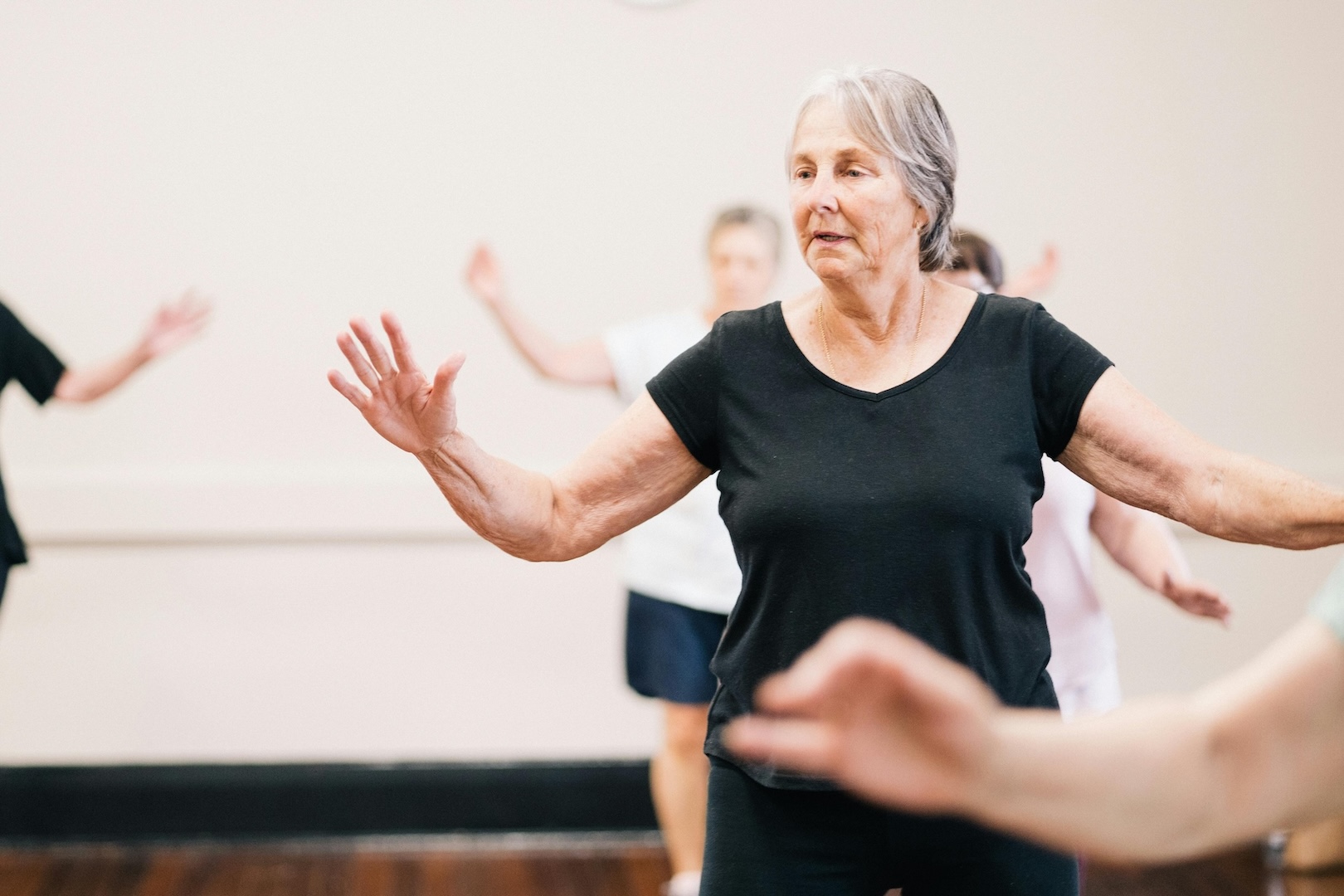Managing Pressure Care at Home.
National Wound Awareness Week 2019 runs from the 15th to 21st July. With 420,000 cases of chronic wounds in Australia each year, it is a subject that we are passionate about at Smart Solutions Rehab Group (SSRG). Pressure related injuries account for a massive 84% of chronic wound cases, yet these can be the most easily preventable.
What is a Pressure Injury?
Also known as pressure areas, pressure sores, pressure ulcers and most-commonly – bedsores, pressure injuries occur on areas of skin that are under pressure from lying, sitting or wearing a medical device for an amount of time.
How are Pressure Injuries caused?
Pressure limits blood flow to the skin and surrounding tissue and can be further exacerbated in areas that are bony (tailbone, hips, ankles or heels), areas that are damp (due to incontinence or sweating) or pressing against surfaces (e.g.: Plaster cast, orthotics, wheelchair frame or seat surface).
There are three main contributors to pressure injury:
- Pressure
Constant pressure will reduce blood flow to tissues, depriving them of oxygen and other nutrients. Without these, the skin and surrounding tissue become damaged, break down and are at risk of eventual tissue death. - Friction
Rubbing of the skin against clothing or bedding, including continence aids. This can occur when moving a person by sliding, such as rolling over in bed or repositioning in their chair. - Shear
This is when two surfaces move in a difference direction, such as a person sliding forward when sitting in an upright chair. The bony extremities will move forward, but the surrounding tissue / muscle remains in place (which creates pull).
Who is at risk of a pressure injury?
The highest risk of pressure injury is in those with the following:
- Immobility: due to age, pain, stroke, nerve damage or spinal cord injury
- Loss of sensation: results in the person being unable to feel pain / discomfort and reposition to reduce pressure
- Poor nutrition: failure to maintain body weight and nutrients impacts skin and tissue
- Poor hydration: failure to properly hydrate impacts skin integrity and muscle mass
- Medical conditions: diabetes, vascular disease, certain medications
- Previous history of pressure injury: this presents a very high risk of re occurrence
Unfortunately, a higher percentage of pressure related injuries occur during periods of hospitalisation or respite.
How do Occupational Therapists Assist?
At Smart Solutions Rehab Group, our team of experienced Occupational Therapists will undertake a comprehensive skin check and pressure risk assessment within the home environment. This assessment can be then used to form an individualised treatment approach to minimise the risk of further pressure related injury in the home.
This plan may include any of the following:
- Review of equipment and prescription of appropriate pressure redistribution devices
- Education to individuals and care givers on repositioning and turning
- Referral to multidisciplinary care team members to maximise function and safety
- Home exercise program to encourage and maximise mobility
Need to know more?
For advice on how to manage your pressure care needs, contact us today for an Occupational Therapy assessment via email at admin@ssrg.com.au or you can call us on 1300 729 190 and we will be happy to help!




